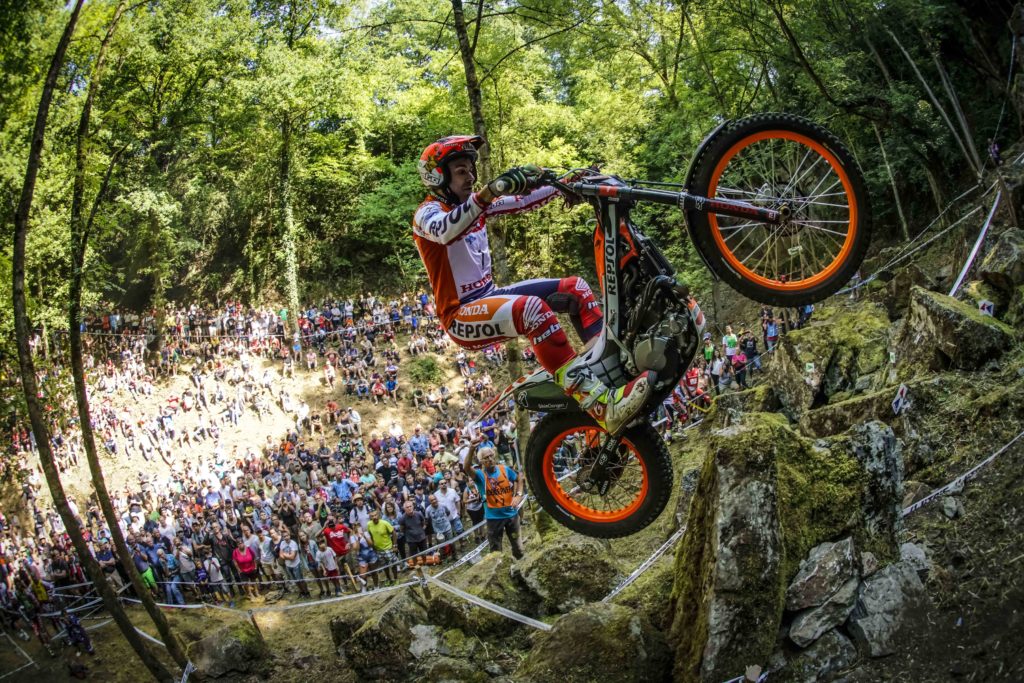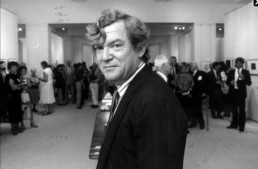By Adil Jal Darukhanawala
There have been a few instances of top-flight sportsmen in bikesport (and motorsport) who have won more than a hundred times at the highest level of their game. Giacomo Agostini and Valentino Rossi are two that spring to mind as ton-up winners on two-wheels: now they have been joined by the diminutive Spaniard Toni Bou.

At Gouveia in Portugal, on his 200th Trials GP Championship start, he scored a win that saw him not just just attain a fantastic 50% wins-to-appearance ratio, but also surpassed the previous record holder Dougie Lampkin’s 99-win mark before he hung up his helmet. “It’s very important because the championship is really close,” said an elated Toni Bou post-win. “I am very happy to take this victory. I’ve always looked at the ninety-nine wins for Dougie and thought it would be impossible to beat, but finally I have. It’s very special.” And just so that he had to prove those hundred wins were not happenstance, Toni went out and won the next Trials GP – in Belgium – despite starting with a dislocated knee!

And the bikes used for this specialized branch of bikesport, are also, well, special! The ultra-short wheelbase is the first bit that strikes your eyes, as is the sunken seat in the frame, all designed to give the rider leeway to ride almost upright, standing on the pegs, with the front wheel at a near 60 to 75-degree angle from terra firma, with close to seven inches of suspension travel with firm damping and large-diameter wheels (21-inch up front and 18-inch at the rear) shod with deep-grooved rubber with nearly square shoulders! Trials originated as a European art form, but it has a fanatical following among the Brits, the Japanese, the Italian and the French, and of course the Spanish who have mastered the art. Not just the riders but also the bikes and the specialist equipment suppliers for this form of bikesport are all Euro-centric.

A few words about the Spanish Montesa concern: in existence now since 1944, but they only built their first bike in 1967! A year later came their first major success in the form of the Cota 247, and from there Montesa has never looked back. After raking in wins in Spanish national events, the marque first hit the high notes in 1979, when the great Malcolm Rathmell took victory in the 1979 Scottish Six Days Trial, and just to emphasize this wasn’t a fluke, team-mate Yrjo Vesterinen swept the top spot at the same event a year later. Montesa gained its first world title in 1980, whenSwede Ulf Karlsson riding the Cota 349 won the 1980 World Trials Championship and Montesa took the constructor’s crown, a feat it repeated the next year as well.







“Unknow ” ? !!
Are you kidding ? !!
he hops around on rocks like a goat! Toni Bou is amazing
No I am not kidding because people all across the world don’t know him. Not in Asia, not in the US of A but surely in Europe and that you would agree is a shame because he deserves to be known everywhere.